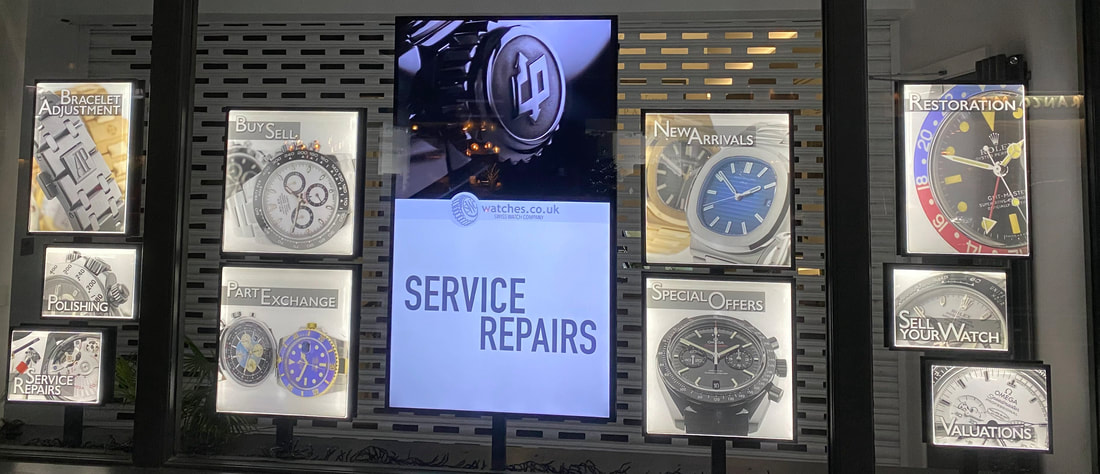|
Smartwatches are making an impact on the watch market. Watch enthusiasts favour traditional watch brands, ‘mature’ buyers and those who need to show off their wealth. Younger generations tend to go for smartwatches. Smartphone brands have been highly successful in the smartwatch market, but traditional watch brands haven’t been successful in the mobile phone business. Even Vertu that targeted a luxury brand position, failed.
We also don’t see jewellery companies coming to challenge Öura in the ‘smart ring’ business. So, why is it so difficult for luxury brands to be successful in the tech business? Could some changes in the tech service market change that situation? Why are smartwatches mainly coming from Apple, Samsung and wearable tech companies like Fitbit, Garmin and Withings, rather than the traditional watch brands? Is it linked to the technical development and disruptions in the market that state-of-the-art technology inside devices is more important than brand status? Or is it that digital products makers find it more challenging to become status symbols because their customers go after price, usability and usage value? An access device is a tool with little intrinsic value in itself. With digital products, the value is really in the Internet, cloud and associated services, not the device itself. The device must offer almost invisible access to the service. That is why Apple’s most significant value has been a seamless user experience; why Amazon offers its tablets for a very low price, and why Google tries to manage software on all devices. People also look for different kinds of experiences with luxury products than daily tools. One learning is that luxury products are typically designed for a particular need, not packed with multi-function technology. Luxury products like expensive watches, coffee machines, pens and supercars generally are for specific situations and do not compete with products for regular everyday use. But very specific functionality is not enough if people start to expect basic smart functions for all devices. For example, people expect to get their exercise (e.g. steps), heart rate and sleep data from every watch. This means those functions are no longer something extra but the basic functionality they expect to get from any watch they buy. Any watchmaker could quite easily add sensors to measure movement, heart rate and sleep. Those sensors are becoming a commodity. The complex part is to build the complete service and infrastructure for it. The data must be collected from the watch and stored, and the data must be organized, analyzed, and presented to the user. The user needs an application to access, utilize and analyze the data. Brand companies need to invest heavily in infrastructure, software development and data analytics to compete. It is not a one-time investment but one that would require continuous maintenance and development of the services. Now, these devices and their data live mainly in their silos. Apple Watch, Samsung Watch, Fitbit, Withings, Oura, Garmin and many other devices have their data formats, data storage, services and apps to use them. It is a device-specific vertical market, and you need all components from the same manufacturer. But maybe there could be an alternative? Suppose data from various devices go into the user’s one data storage. In that case, it can combine data and have an open API to develop applications, making the whole wearable market very different. It also makes the role of brands very different. When we get more horizontal layers for the wearable market, it will be easier for other brands to come to the smart wearable market. Suppose you are a Swiss watchmaker or a Milan-based fashion brand. In that case, you can easily add sensors to your watch, shoes or clothes, with data collected to the user’s database, and there are many applications to utilize the data. This is a much smaller and easier investment for brands rather than building the whole infrastructure. People could then buy or use several different branded products, and the same data and application model would work for all. There would be an army of developers making apps on the API and updating them when new devices, versions and clothing come to the market. This model would be of value for houses of brands that cannot compete in the wearable data and app business market. For obvious reasons, tech giants like Apple and Google won’t particularly like this development. It is also a risk for brands to rely on Apple’s or Google’s services and become dependent on them. I wrote earlier that the wearable market is like the 1980’s computer market or 1990’s mobile phone market. Then the software started to dominate the market. When software and data analytics capabilities begin to dominate the wearable market, it will change the market significantly. There might be a few software vendors and data infrastructures that come to dominate the whole market. Or it could be a more open user data-driven infrastructure that is open to all devices and application developers. We already know that most cannot create their complete infrastructure and choose between tech giant’s walled systems and user-centric models. Brands must also make a realistic evaluation of which model they want to support to survive and succeed. |
AboutEst. 2009 Grow VC Group is building truly global digital businesses. The focus is especially on digitization, data and fintech services. We have very hands-on approach to build businesses and we always want to make them global, scale-up and have the real entrepreneurial spirit. Download
Research Report 1/2018: Distributed Technologies - Changing Finance and the Internet Research Report 1/2017: Machines, Asia And Fintech: Rise of Globalization and Protectionism as a Consequence Fintech Hybrid Finance Whitepaper Fintech And Digital Finance Insight & Vision Whitepaper Learn More About Our Companies: Archives
January 2023
Categories |





 RSS Feed
RSS Feed
